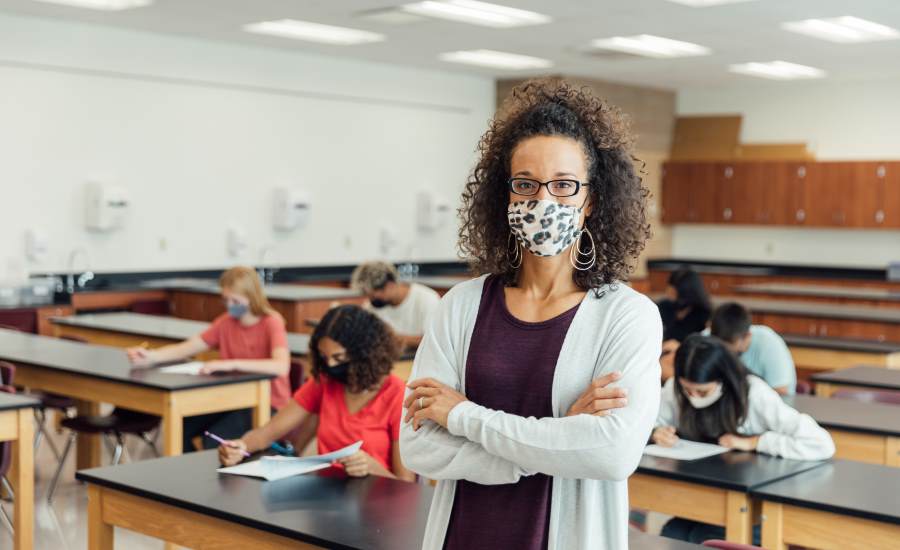Learning from our current landscape and the stress the pandemic has forced on our infrastructure, it has become abundantly clear that society must put a greater emphasis on the task of strengthening our buildings, both residential and commercial, to create safe and structurally strong communities. Luckily, we are now seeing an accelerated shift in the way people view buildings go from “is a building stable” to whether it has adequate filtration, meets the latest fire safety or even whether it can handle various natural hazards.
This shift in thinking comes as no surprise considering the increase in time people are spending indoors, as well as the rise in temporary structures including field hospitals and outside seating areas for businesses, since the start of the pandemic. With citizens spending more time indoors, especially as the winter months bring cold weather to much of the country, the safety needs of citizens are more important than ever. This is where the International Codes (I-Codes) come into play. Developed by the International Code Council – a nonprofit association that provides a wide range of building safety solutions – the I-Codes provide a minimum safeguard for people at home, at school, at play, and in the workplace.
Whether temporary or permanent, all buildings are regulated by a set of codes and standards that ensure they are both structurally sound and safe for habitation. For example, the International Building Code contains regulations that will ensure temporary outdoor seating spaces are located in a safe area, have adequate access for emergency vehicles, maintain sufficient security, provide required accessibility, facilitate traffic flow, and will withstand common natural hazards, including wind, fire, snow, ice and rain loads.
Recognizing this critical threat to both new and existing construction, the Code Council is gathering the brightest minds across the building industry to develop a new task force to help our communities respond to COVID-19 and prepare for the next health threat. The task force will work to develop a roadmap and propose needed resources – including guidelines, recommended practices, publications, and updates to the I-Codes – that are necessary to overcome the numerous challenges faced during pandemics to construct safe, sustainable and affordable structures. The Code Council anticipates that the task force will complete:
- A comprehensive review of current code requirements as they relate to prevention of the transmission of diseases and other serious health concerns. Any suggested revisions to current code requirements based on this assessment will be processed as proposed code changes to the I-Codes.
- A comprehensive review of existing guides, executive orders, white papers, reports and standards, as they relate to design standards, preparedness, health considerations and tools for operating during a pandemic.
- Identification of best practices and guides to address the design and layout of new and existing buildings.
- A comprehensive package of public information materials.
As buildings continue to be the first line of defense, the building safety community must come together to ensure that we are both creating and adopting the most modern and innovative codes and standards. The purpose of the I-Codes first and foremost is to help us create resilient communities that withstand all types of threats – man-made and natural. We must continue to work together to ensure our codes and standards stay up-to-date and continue to reflect society’s current needs.

Recent Comments
These are actually very helpful tips. It is...
This is the most beneficial blog for all...
This blog is a great resource for anyone...
Thank you for sharing this important information. I...
This is a very interesting subject of the...